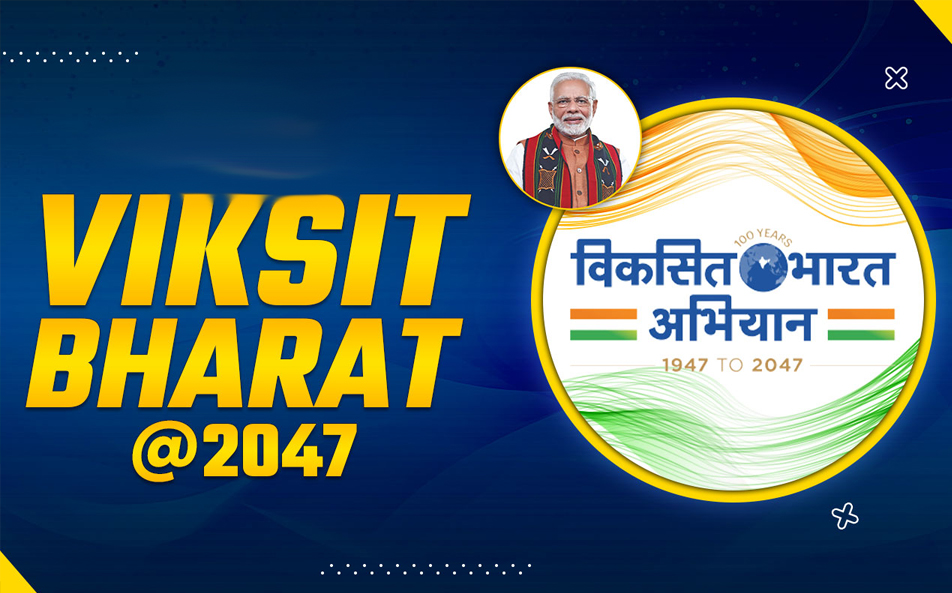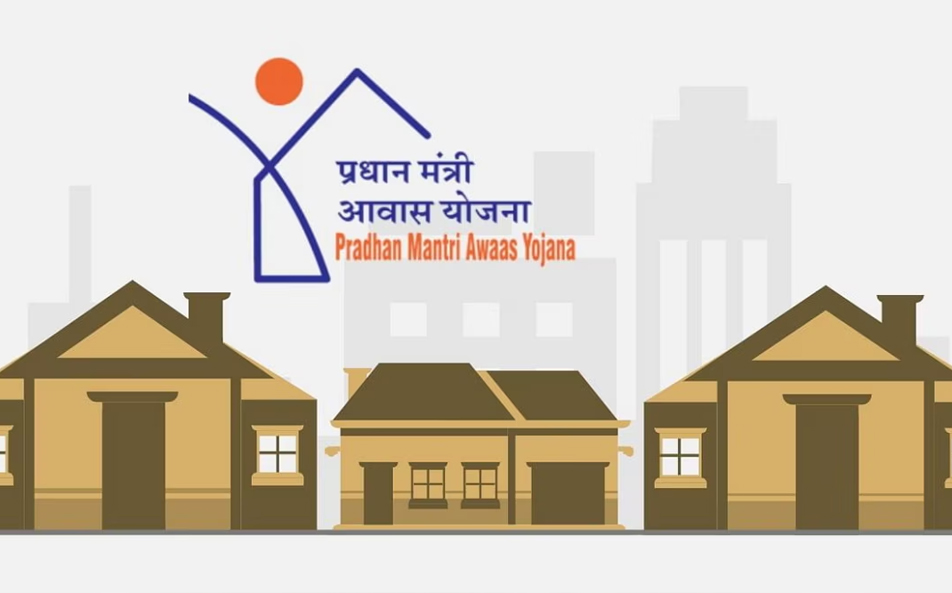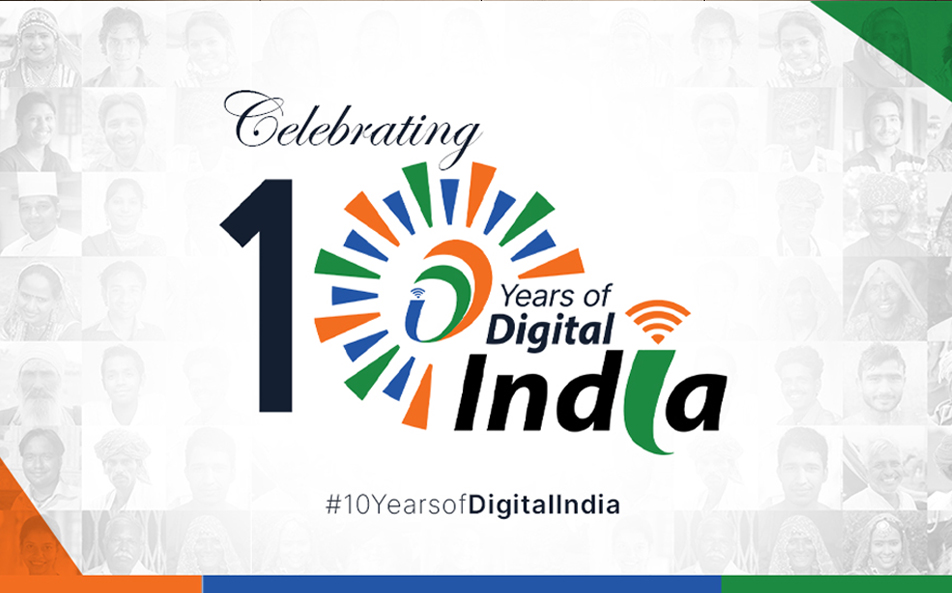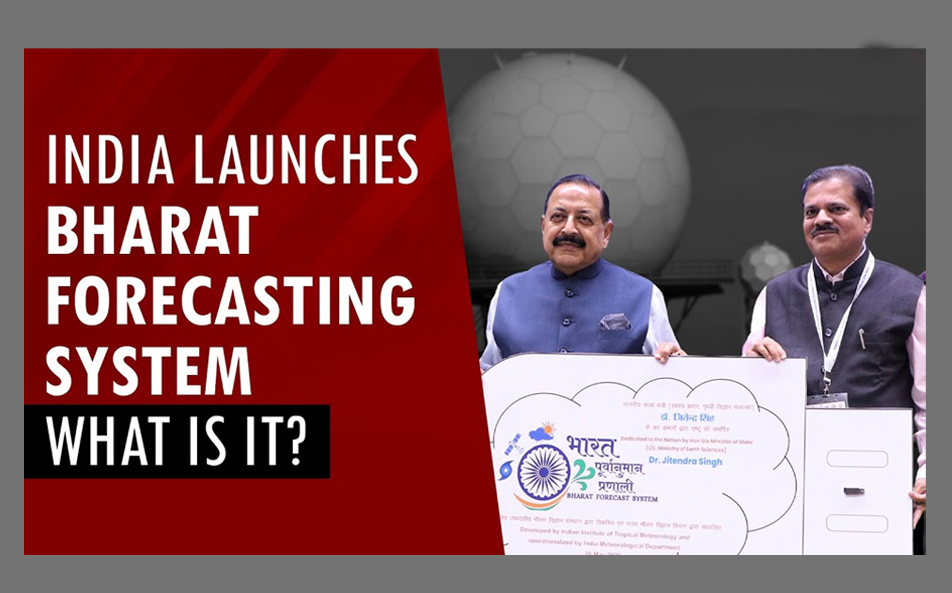
The United Indian

Imagine an India where innovation propels the economy sustainability guides our progress, and where all citizens have access to top-notch healthcare, education, and infrastructure. The goal of making this vision a reality rather than a far-off dream is India's motive for Viksit Bharat's Vision 2047.
By 2047, the year that India celebrates the 100th anniversary of its independence, the government of India is aiming to have taken the nation's economy to such a level that it is fully developed and self-sufficient in all respects.
What is Viksit Bharat Vision 2047?
The Viksit Bharat Vision 2047 is a strategy framework for the achievement of India the status of a world leader in technology, business, education, and sustainability. This is a standalone development strategy that satisfies the conditions of a developed, modern country.
This project focuses on:
- Enhancing economic productivity
- Promoting technological advancements
- Strengthening social infrastructure
- Achieving environmental sustainability
Key Goals of Viksit Bharat 2047
A portion of the goals have been sliced off to reach a target for the “Viksit Bharat Vision 2047” mission:
- Economic Growth: By 2047, it is expected that is in place will allow us to achieve a 40 trillion dollar economy thereby making our country a global superpower.
- Technological Leadership: We must work towards developing India’s image as a centre for cutting-edge research and technology.
- Social Equity: These will include the promotion of social equity through economic growth while simultaneously working towards poverty alleviation.
- Environmental Sustainability: These include achieving net zero carbon emissions through the use of renewable energy sources.
- Infrastructure Development: These are cities with high-technology infrastructure, high-speed transportation networks, and standardised infrastructure.
Impressive Statistics That Define the Vision
- India's economy is projected to grow at a compound annual growth rate (CAGR) of 7% to reach the target by 2047 - that of $40 trillion.
- Renewable energy will form more than 50% of the country's energy source.
- Poverty will decline to below 5% by 2047 under targeted welfare schemes.
Significant Milestones Under Viksit Bharat 2047
India has undergone a substantial transformation since the beginning of its 75-year history. The significant milestones include:
- Food security has substantially improved while economic reforms spread across the nation and nuclear capabilities strengthened.
- The country has achieved three major achievements through its Indigenous satellite program and its position as a global software centre.
- The growth rate of India started at 2.9% during 1951-52 before rising to 7.6% in 2023-24 and continues to show projections of growth.
- The upcoming year will see the economy surpass previous performance levels. The projected GDP forecast indicates that India will become a USD 4 trillion economy before 2024.
- 2024 and USD 7 trillion economy by 2030. PHDCCI predicts that India will achieve a USD 34.7 trillion economy by 2047.
- The Asia-Pacific region is preparing for India to take the position of second-largest economy. And by region, the 3rd largest economy in the World by 2030, and “Viksit Bharat” by 2047.
Pillars of Transformation With Viskit Bharat 2047
- Economic Development
The vision is for India to be a global leader in manufacturing and services. This includes increasing exports, encouraging more startups, and enclosing micro, small, and medium-sized enterprises (MSMEs).
- Education and Innovation
To transform itself into a knowledge superpower, India intends to do the following:
Increase their research and development spending (R&D)
Reform curriculum to international standards
Build innovation and technology parks
- Sustainability and Green Energy
Achieving net zero carbon emissions is one of the most important goals. The government is encouraging the use of:
Projects for solar and wind energy
Electric vehicles and green public transport
Water, forests, and biodiversity conservation initiatives
- Health and Social Welfare
Public health is one component of the mission, but a healthy population is paramount. The key initiatives are:
Investment in public healthcare infrastructure
Increasing availability of health insurance
Sanitation and nutrition programs improvement
- Digital Transformation
Digital India 2.0 is proposed to do the following:
Provide access to the Internet to all citizens
Increase the cybersecurity infrastructure
Encourage digital literacy, e-governance, and public participation.
Success Stories and Progress
- Digital India Initiative: UPI and Aadhar integration allows over 1.2 billion citizens access to advanced digital financial services.
- Renewable Energy Growth: India has already converted 175 GW of renewable energy sources before the targeted 2030 deadline.
- Healthcare Reforms: The Ayushman Bharat scheme has helped over 500 million people get health insurance coverage, easing the financial burden of a medical crisis.
These milestones enable automation and serve as the starting point for the ambitious goals of Viksit Bharat 2047.
Challenges on the Road Ahead
Although the milestones seem positive, there is a need to tackle multiple roadblocks.
Infrastructure Gaps: Devise plans to improve services as well as connectivity in rural and urban areas.
- Environmental Concerns: Issues regarding pollution and overexploitation of resources.
- Socio-economic Inequality: Promote growth with equity by focusing on the development of underprivileged sections of society.
- Technological Dependency: Foster self-sufficiency in technology by reducing dependence on other countries.
The Role of Citizens in Building Viksit Bharat
An Indian’s participation is paramount for the fruitful attainment of the Viksit Bharat Vision 2047 goals:
- Entrepreneurs: Set out and innovate as well as provide employment.
- Students: Strive to obtain skills for upcoming industries.
- Environmentalists: Advocate for sustainable practices and conservation.
- Government and Private Sector: Work together to create strong infrastructure and service systems.
Milestones undertaken by the Government
The Government plans to achieve the goals of Viksit Bharat 2047 in the given timeline through the following:
- Policy Changes: Streamlining regulations to help foster business activity.
- Investments in Infrastructure: Increasing funding through Public-Private Partnerships (PPPs).
- Skill Development Exercises: Preparing the workforce with up-to-the-minute skills.
- International Relations: Building relationships with global institutions.
Ending Notes
Visit Bharat Vision 2047 is not centred around data but rather the idea of India as a powerful nation and enabling its citizens to succeed. India can turn unused resources into opportunities, enabling every citizen to succeed and improve with them.
While carrying out this remarkable transformation of India, all citizens must put forth the goal of a Developed India, Viksit Bharat.
Read more in Government Sector
Jul 11, 2025
TUI Staff
Jul 09, 2025
TUI Staff
May 28, 2025
TUI Staff

Stay Tuned with The United Indian!
Our news blog is dedicated to sharing valuable and pertinent content for Indian citizens. Our blog news covering a wide range of categories including technology, environment, government & economy ensures that you stay informed about the topics that matter most. Follow The United Indian to never miss out on the latest trending news in India.
©The United Indian 2024









